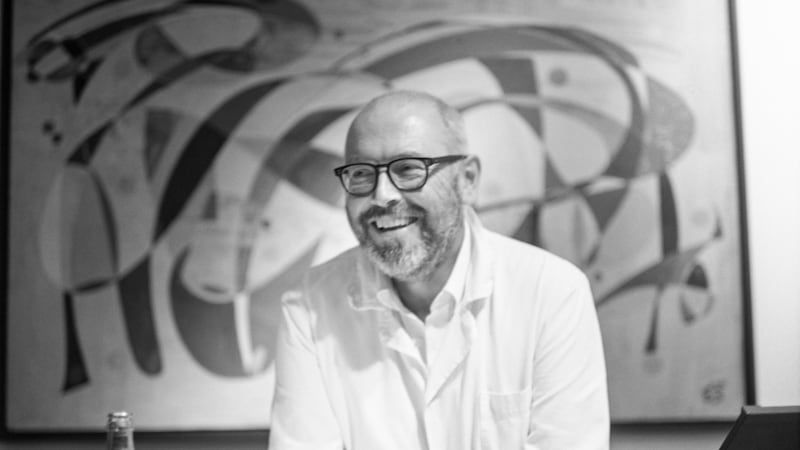Ireland will have a sufficient amount of renewable wind energy projects to help reduce carbon emissions by 51 per cent over the next decade but the biggest issue is having a sufficiently strong power grid, the Oireachtas Climate Committee has been told.
Acting chief executive of Wind Energy Ireland (WEI) Noel Cunniffe said a complete redesign and reinforcement of the transmission system, with a focus on parts of the country where large volumes of renewable energy are located needed to be developed.
“Our fossil fuel back-up generation must be replaced with zero-carbon solutions like demand response and energy storage,” he added. Last year more than 10 per cent of renewable generation was lost because the grid could not accommodate it, he noted.
An electricity grid and market designed for fossil fuel generators were not suitable for a future where most of our electricity comes from wind and solar, Mr Cunniffe said.
The committee is reviewing how the 2030 decarbonisation targets will be reached across key sectors.
“We must reform the market to ensure the new system we are building is efficient and cost effective,” he said. Developing the electricity grid, would not be easy, he accepted. “We must work with, and listen to, communities who will be hosting new wind farms or new grid infrastructure. We must ensure they are empowered to be part of our energy transition and we must find ways to adapt, where we can, to meet their concerns.”
The reality, however, was Ireland would not decarbonise its electricity system “without new overhead lines, underground cables, substations, battery projects, wind farms and solar farms”.
Political support
Public and political support must be there to enable EirGrid and ESB Networks to deliver the infrastructure needed, he said.
WEI looked forward to playing its part in EirGrid’s Shaping Our Electricity Future consultation and Government consultation on the 2021 climate action plan, he said.
Eirgrid chief executive Mark Foley confirmed in March that it signed off on capability to operate with 70 per cent renewables on the system on an instantaneous basis. "We are the only country in the world operating at this level. We expect to be able to operate at 75 per cent by the end of the year," he added.
Ireland has exceptional untapped wind resources, particularly offshore, which equates to 10 times the 5,000 megawatts currently installed on the island of Ireland. “As we look to 2030 targets and ultimately net zero in 2050, offshore wind has a key role to play,” he said.
To meet the 70 per cent of electricity from renewable sources in the 2030 target, he acknowledged “a whole of system challenge of significant proportions” had to be met.
Total system demand for electricity was expected to increase by up to 50 per cent “due primarily to data centres, electric vehicles for transportation and heat pumps for homes”.
The generation portfolio, Mr Foley said, “is changing dramatically as fossil fuel plant exits the system and the fleet of renewable generators increases by between 100 and 200 per cent through continuing investment in onshore wind, new solar generation and a major new industry centred around offshore wind generation”.
Complete the jigsaw
EirGrid would complete the jigsaw, “delivering the key balancing act across three dimensions including operations, the market and the network”.
Onshore wind was in about 80 per cent of counties in the Republic at present. “As we transition to 2030, more onshore wind will be required in most counties, solar generation will be developed in the southern half of the country and offshore wind will be developed in the Irish Sea,” he noted.
Key questions included: Where is demand going to be located? What is the optimum balance of renewables technologies? Where should generation of renewables be located when looked at through the lens of the necessary supporting grid infrastructure?
The Shaping out Electricity Future process was designed to answer these questions, Mr Foley said, and provide a clear picture of the power system in 2030 including setting out the optimum pathway to delivering this future of a power system with 70 per cent of electricity coming from renewable sources.
“Our engagement process will reach into all levels of society and business across the country; North and South. We have options but all options include unpopular choices,” he underlined.















